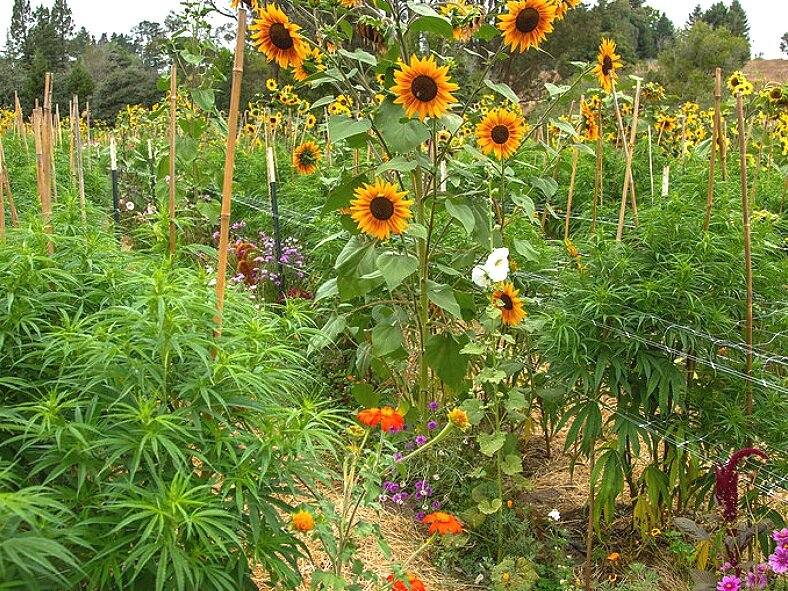Finding a Companion for Those Lonely Cannabis Plants
By Sarah Russo
Our current agricultural system is not based on sustainable means of cultivation and, unfortunately, this also applies to much of cannabis farming today. While the “organic” marijuana movement is gaining momentum, the vast majority of cultivators grow cannabis as a monocultural crop, which often entails the use of toxic pesticides and plant growth boosters to maximize profit.
A monoculture, or “monocropping,” involves growing one type of crop to the exclusion of others. There are virtually zero examples of monocropping in nature. Unlike monocropping, sustainable growing practices mimic what is done in nature and seek to recreate it in a controlled setting. As interest in medical cannabis has increased, the terms “organic” and “sustainably grown” have become trendy buzzwords within the industry. There is obviously a need to propagate more cannabis to supply a large consumer demand, but the “more for your money” approach to growing has not been conducive to healthy stewardship of the land. Our corporate-dominated agricultural system is broken, and the cannabis industry should not emulate its worst features.
Some cannabis farmers have adopted sustainable, alternative practices, including a technique known as companion planting or “multicropping.” Companion planting is a method of cultivation where various plants are grown together in ways that promote a dynamic, flourishing ecosystem. Companion planting improves the land’s resilience and also increases the yield and health of the plants within the garden.
Originally appeared on Project CBD | Versión En Español

